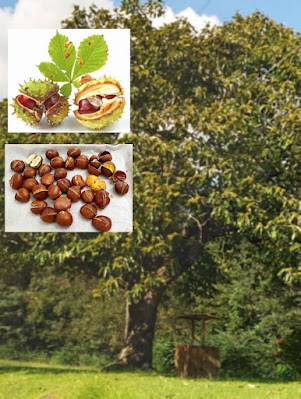The History and Evolution of Amazon
1. The Beginning (1994-1997)
- Founder:
Jeff Bezos
- Founded:
July 5, 1994
- Original Name:
Cadabra, Inc. (but Bezos changed it to “Amazon” after the Amazon River to reflect the company’s vast potential)
- Headquarters:
Bellevue, Washington (later Seattle)
Jeff Bezos quit his job on Wall Street to start an online bookstore. His vision was to leverage the internet’s rapid growth to create a retail platform with an endless selection. Amazon initially sold only books because they were easy to ship and store, but Bezos always intended to expand into other categories.
- 1995:
Amazon’s website launched with the slogan "Earth’s biggest bookstore."
- 1997:
Amazon went public, raising capital for rapid growth.
2. Expansion into "Everything" (1998-2004)
After its initial success with books, Amazon began expanding into new categories, including music, DVDs, electronics, and toys. Bezos wanted to turn Amazon into an “everything store” where customers could find nearly anything they needed.
- 1999:
Time magazine named Jeff Bezos “Person of the Year” for transforming e-commerce.
- Introduction of 1-Click Ordering:
A patented feature that simplified online shopping, making it even easier to buy products.
- Marketplace:
Amazon launched third-party seller services, allowing other businesses to sell products through its platform, which helped expand its inventory without holding more stock.
By the early 2000s, Amazon was no longer just a retailer but a tech-driven logistics and marketplace leader.
3. Amazon Web Services (AWS) and Innovation (2006-2010)
In 2006, Amazon revolutionized the tech world by launching Amazon Web Services (AWS), providing cloud computing infrastructure to businesses. Today, AWS is a critical part of the internet’s backbone and one of Amazon’s most profitable divisions.
Amazon also introduced several new programs and products:
- 2005:
Launched Amazon Prime, a subscription service offering free two-day shipping. This created customer loyalty and boosted sales.
- 2007:
Released the Kindle, an e-reader that changed the way people consumed books. Kindle was a massive success and solidified Amazon’s presence in the digital content space.
4. Rapid Growth and Acquisitions (2010-2016)
Amazon aggressively expanded into new markets and acquired several companies to strengthen its ecosystem.
- Acquisitions:
- 2014:
Acquired Twitch, a live-streaming platform, now a leader in gaming streams.
- 2017:
Bought Whole Foods Market for $13.7 billion, marking a significant move into the physical retail and grocery industry.
- Amazon Prime Video:
Amazon expanded into entertainment by producing original content and competing with streaming giants like Netflix.
- Alexa and Echo (2014):
Amazon launched smart speakers with Alexa, an AI assistant that became a popular household device, marking Amazon’s entry into smart home technology.
5. Challenges and Market Dominance (2017-Present)
By the late 2010s, Amazon dominated e-commerce, cloud computing (AWS), and logistics, but the company also faced criticism.
- Labor Practices:
Amazon was criticized for warehouse conditions and employee wages, leading to strikes and protests.
- Antitrust Scrutiny:
As Amazon became one of the world’s largest companies, governments began investigating it for anti-competitive practices.
- COVID-19 Boom:
During the pandemic in 2020, Amazon experienced explosive growth as people turned to online shopping for essential goods and groceries.
To meet increased demand, Amazon expanded its warehouses and delivery services, introduced same-day delivery in some areas, and hired hundreds of thousands of new employees.
6. Amazon Today
As of 2024, Amazon operates in more than 20 countries with millions of customers worldwide. Its core businesses include:
- E-commerce:
Selling everything from books to furniture.
- AWS:
Dominating the cloud computing market.
- Amazon Prime:
Offering streaming services, free shipping, and exclusive deals.
- Logistics and Delivery:
Expanding its drone delivery and Amazon Air cargo services.
Interesting Facts about Amazon
- Bezos’s Desk:
Jeff Bezos famously used a door as a desk in the company’s early days to emphasize frugality.
- Prime Day:
Amazon introduced Prime Day, an annual shopping event with huge discounts, driving massive sales.
- AI and Robotics:
Amazon employs thousands of robots in its warehouses to improve efficiency.
- Wealth:
Jeff Bezos became one of the world’s richest people, with Amazon reaching a trillion-dollar valuation.
Amazon’s Impact on Retail and Technology
Amazon changed how people shop, disrupting brick-and-mortar stores and leading to the “retail apocalypse” as many traditional retailers struggled to compete. It also transformed cloud computing, media, and supply chains through continuous innovation.
From a small online bookstore to one of the most influential companies in the world, Amazon’s story is one of ambition, innovation, and relentless growth.














